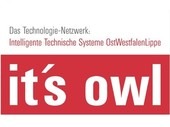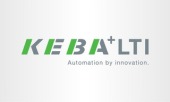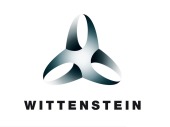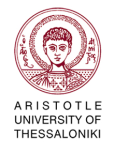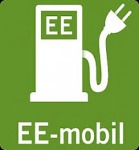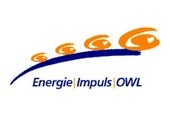Electric drive systems
The hardware-in-the-loop simulation (HIL) method mainly used in the automotive or aviation industry refers to the coupling of real components (e.g. a control unit) with virtual components (e.g. dynamic vehicle model). The real components are coupled to the simulated component by only providing information about input and output variables, e.g. energy, material and information flows are exchanged. The actually occurring energy and material flows are only measured for this purpose, but are otherwise fed into or taken from the local infrastructure (e.g. electronic loads or heat or material sinks). The prerequisite is that both the simulation of the virtual components and the bidirectional exchange of information with the real components take place in real time.
We use the HIL approach to couple real components of an energy supply system (energy converter and storage) in combination with virtually integrated specific user profiles and energy management strategies. Thus, e.g. extend an existing real heat generator with thermal storage by a virtually integrated solar thermal system, which provides a seasonal fluctuating thermal output. In this way, statements about the overall efficiency or the savings potential can be predicted in the early phases of development without having carried out field tests. The main advantage of the HIL approach is modularity, expandability and virtual scalability. This approach thus enables the holistic investigation of energy supply systems by simulation taking into account real integrated components.
















